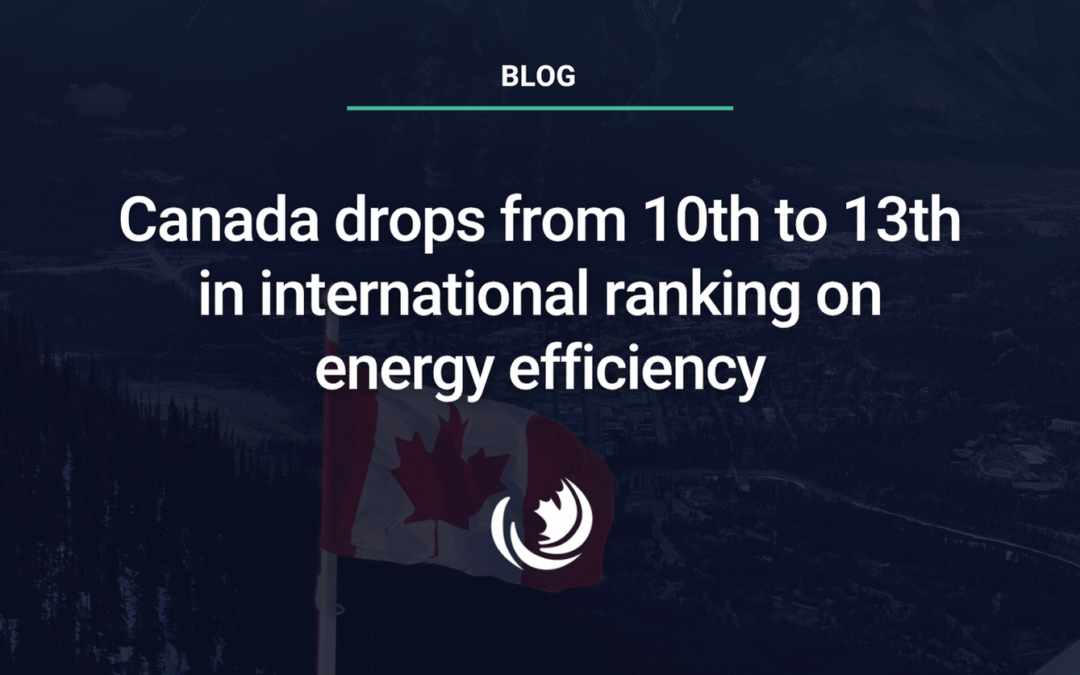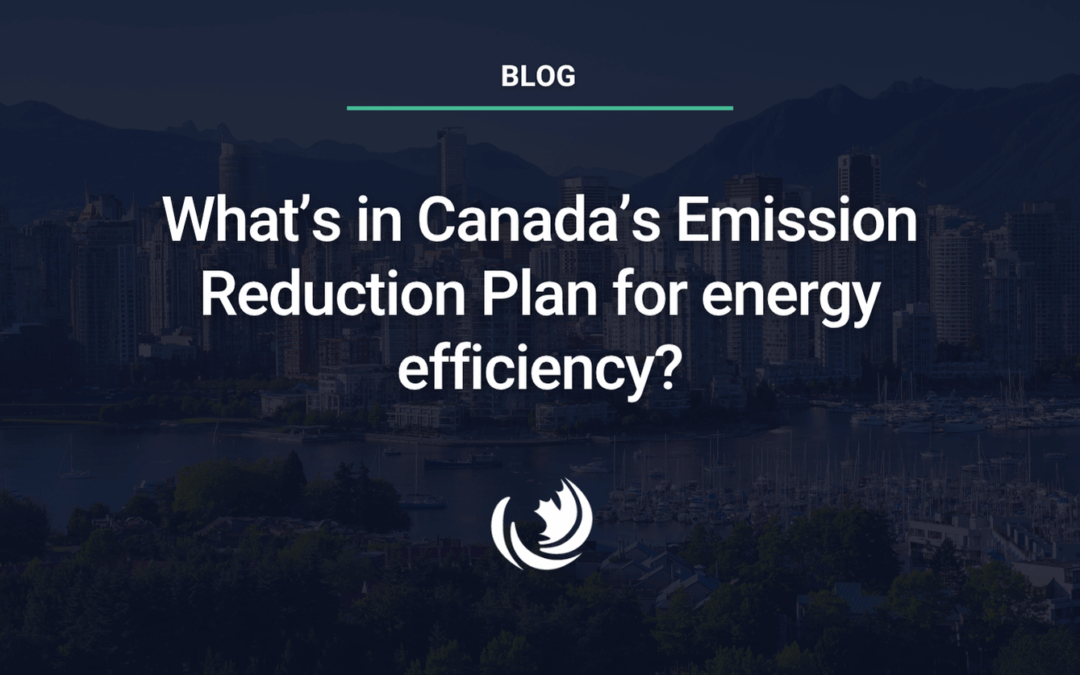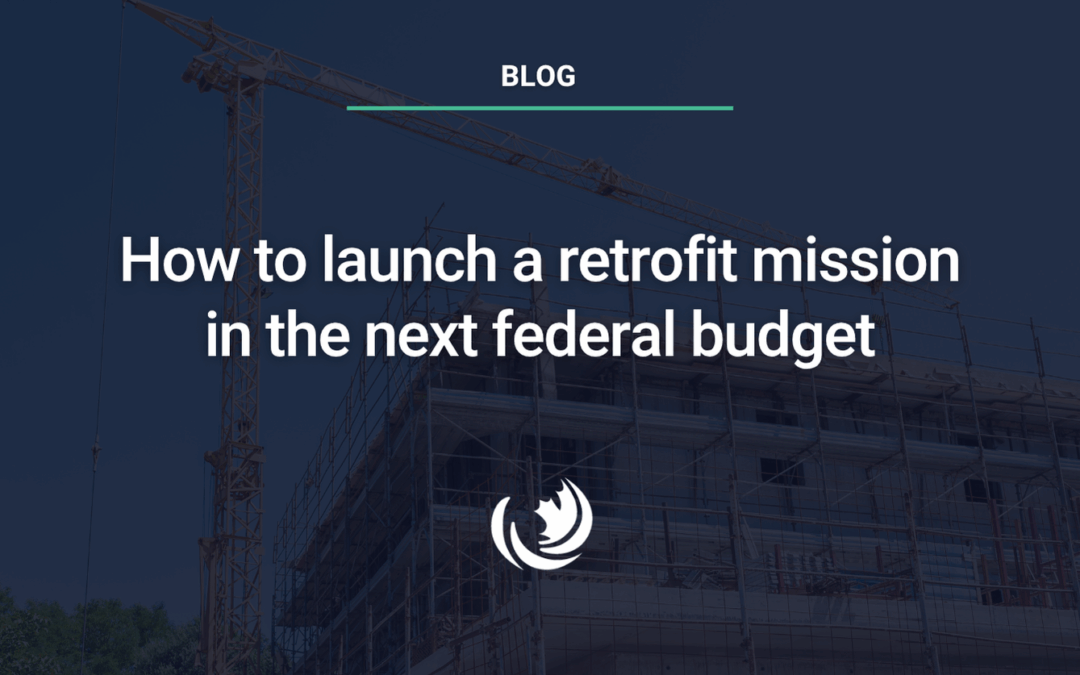
The 2022 International Energy Efficiency Scorecard is out. Produced by our colleagues at the American Council for an Energy Efficient Economy, it assesses the policies and performance of the world’s top 25 energy consuming countries. In this blog, we dig into the results, and discuss what we can learn to improve energy efficiency in Canada.

The federal government released its 2030 Emissions Reduction Plan, which lays out actions to guide Canada towards a national goal of 40-45% GHG emission below 2005 levels by 2030. Energy efficiency features prominently throughout.

To accelerate GHG reductions and create a net-zero emissions future, we need to retrofit almost every building in Canada.

The Prime Minister of Canada released the “mandate letters” to federal Ministers. Here are energy efficiency highlights from the letters, with some added context.

The federal government released an ambitious budget this week. The signature item is national childcare, a policy that should enable more women, who shoulder the majority of childcare burdens in Canada, to enter or re-enter the energy efficiency workforce.
What follows is a run-down of some of the budget highlights related to energy efficiency and remaining questions and policy gaps.

The federal government released an updated climate plan, aiming to set Canada on a path to achieve net-zero emissions by 2050, and to exceed the Paris agreement 2030 targets. Here is what it means for energy efficiency.







